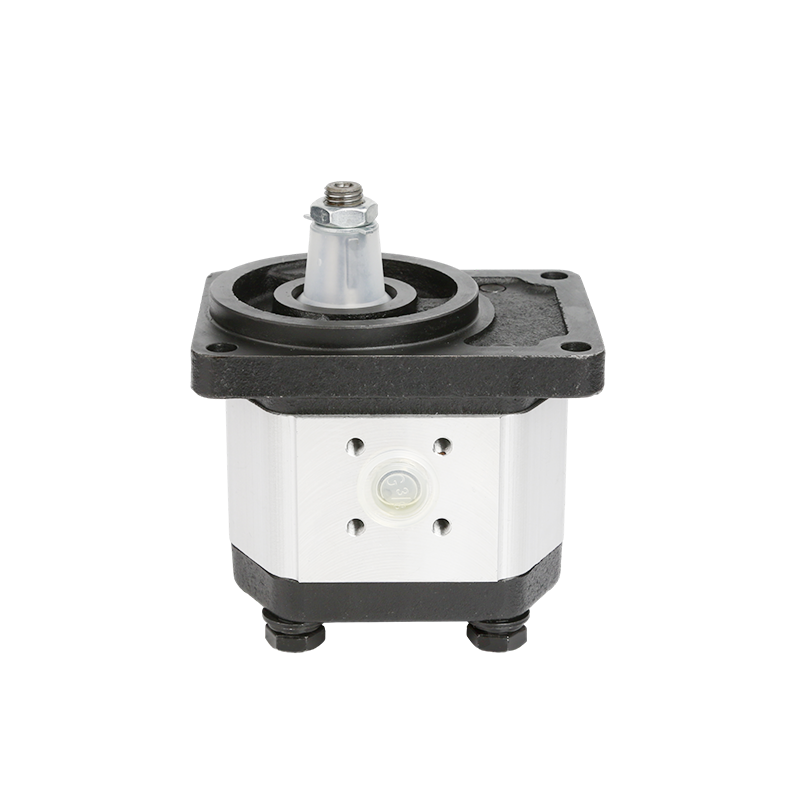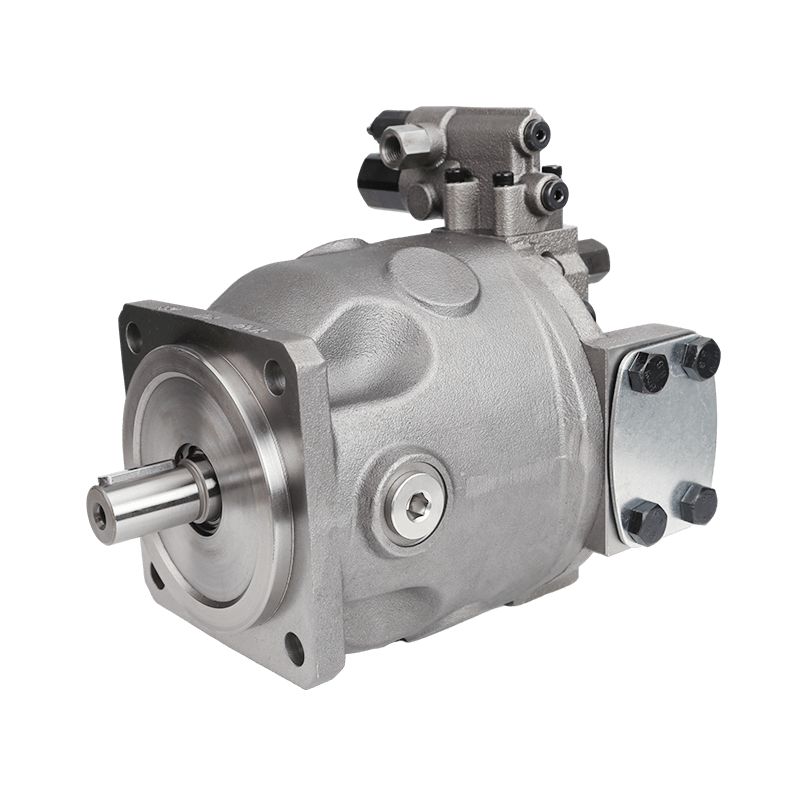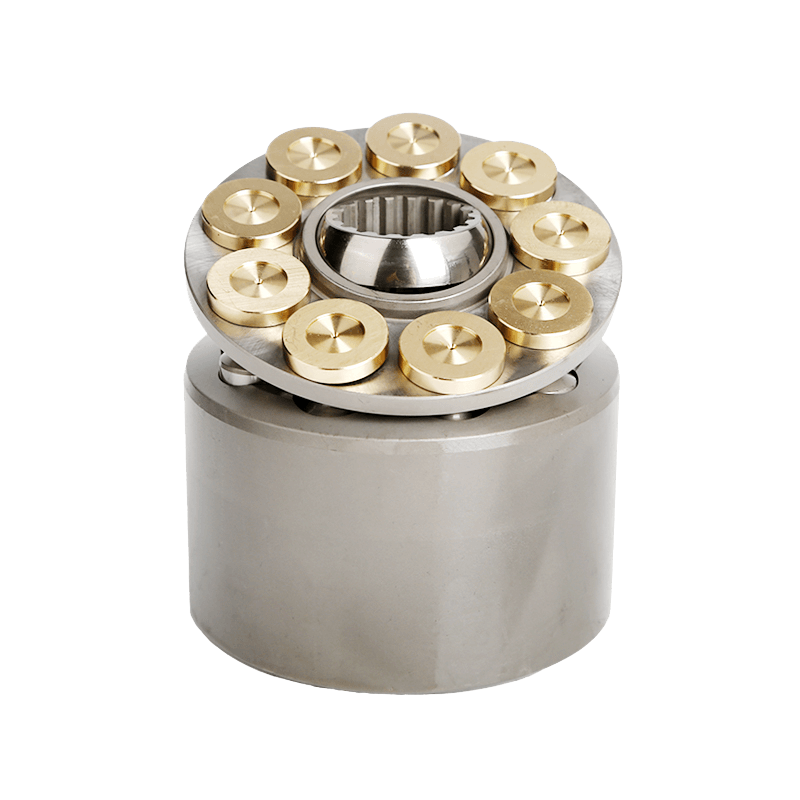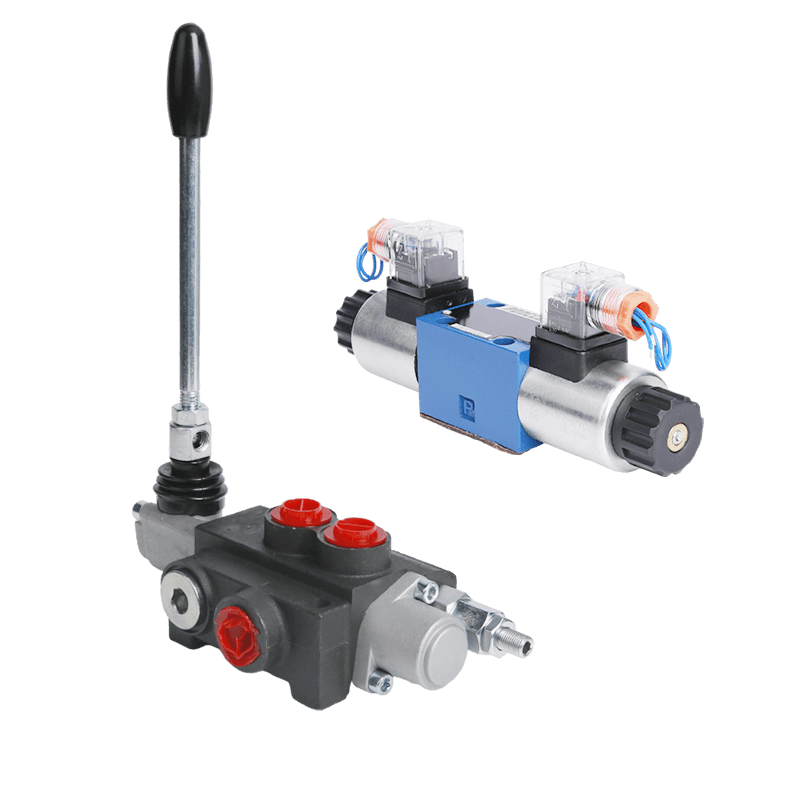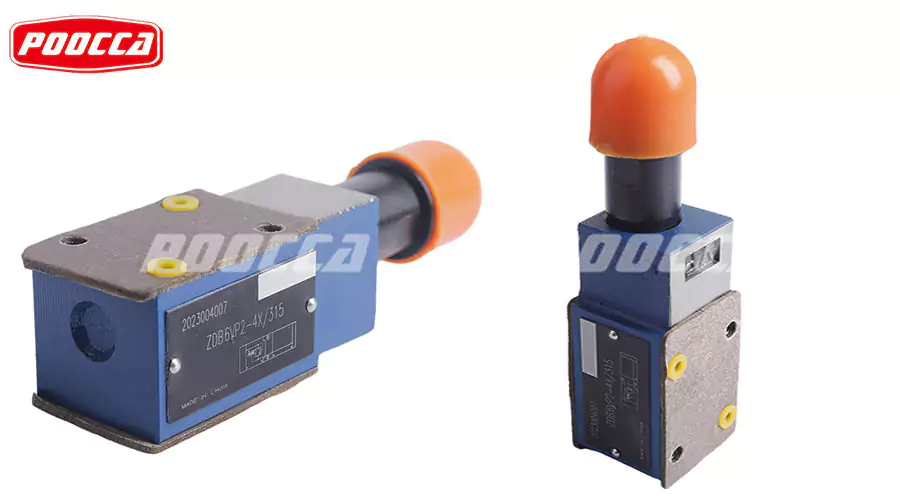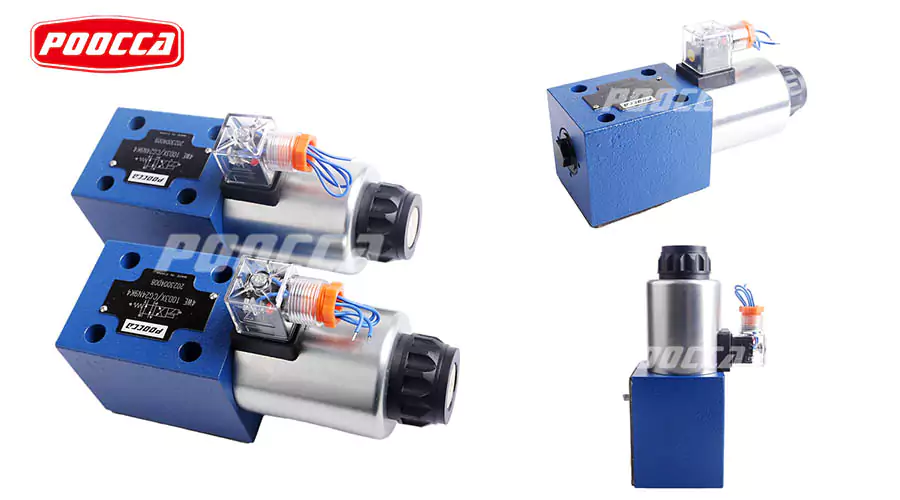A directional valve is a hydraulic or pneumatic device used to control the direction of fluid flow in a fluid power system. The dynamic features and time response of these devices are very crucial to meet the needs of numerous applications in the industry. In this article, we will look at the dynamic nature of directional valves the important parameters that define the dynamics concerning fast response time, and how they play an essential part in eliminating dynamic issues and improving system performance.
Understanding Dynamic Characteristics in Directional Valves
Definition and Importance
Directional valves Dynamic characteristics are the ability of these components to respond to changing control signals. This it responsiveness is critical due to its effect on the timeliness of a fluid power system’s function. Analyzing these properties enables engineers and designers to optimize industrial applications in valve selection and arrangement. Understanding dynamic behaviors like response time, overshoot and stability is fundamental to improving operational characteristics.
Key Parameters Influencing Dynamics
There are some important parameters of directional valves’ dynamic behavior. This includes valve flow characteristics, fluid viscosity, and actuator mechanism characteristics. Moreover, the geometry and size of the valve are also important factors for the dynamic response. It is also in the feedback control loops in automatic systems, the valve essentially corresponds to how fast and accurately a valve responds to control signals. These parameters are essential for the design of such systems where accurate fluid control is required for efficient functioning.
Fast Response in Directional Valves
Factors Affecting Response Time
Various factors affect the response time of directional valves, including their mechanical design and actuator type, as well as hydraulic fluid characteristics. Valves whose components weigh less tend to have shorter response times (less inertia), for example. Also, the actuator itself — hydraulic, pneumatic, or electric — can play a major role in the speed of response to changes in the control signal. Also, low-viscosity hydraulic fluid flows faster through the valve—I did not foresee that response time would be influenced by this.
Benefits of Rapid Response
To keep the performance integrity of fluid power systems, responsive directional valves are needed. The use of assured valves that can rapidly respond to control signals results in greater efficiency and productivity in industrial applications Fast response times result in greater control precision allowing systems to be run closer to their optimum level of performance. Further, with a high-speed and responsive directional valve system, the chances of system delays also decrease cutting down the wear and tear on other elements resulting in lower maintenance costs and increased longevity of overall hydraulic systems.
Modeling Directional Valves for Optimal Performance
Techniques for Accurate Modeling
Directional valves play a vital role in the performance of hydraulic systems, so their modeling is crucial to predicting system behavior in different operating conditions. Often, CFD simulations are used by engineers to model how fluid behaves inside the valve. With this technique, flow patterns, pressure losses, and fluid-structure interactions can all be analyzed in detail. Also, the use of finite element analysis (FEA) allows for relating to mechanical stresses and strains of valve materials under dynamic loads. This concurrent use of these methods makes the design more effective in terms of developing a directional valve structure with application-specific reliability, and efficiency.
For directional valves, one of the key modeling elements is to find suitable governing equations describing the fluid behavior. Specifically, other parameters such as flow coefficients and dynamic pressure losses must be selected judiciously to have significant implications on the valve performance. Moreover, it is also important to build models as close to real-world operating conditions such that the differences in simulated and actual behavior do not lead to sub-optimal designs. The ongoing cycle of validating models with experiments and empirical data guarantees that the predictions are close to the actual performance in the field, which will result in a more efficient and capable directional valve.
Addressing Size Variations in Check Valves
Effect of Valve Size on Dynamics
Dynamic properties of directional valves are mostly affected by their size. Even though bigger valves usually have bigger throughputs, because of that higher mass and inertia response could be slower. Alternatively, with smaller valves, you get faster actuation but flow rates are often limited so this represents a tradeoff between the size of the valve and how it performs. Recognizing these interactions is critical in applications, where accurate flow control can directly influence machinery performance and safety.
Additionally, scaling effects can cause unanticipated changes in fluid flow dynamics from changing valve sizes. Bigger valve size with all other parameters remaining constant will create turbulence indirectly which can be detrimental to stable flow. For instance, seat design, spool geometry, and connection types also need to be taken into consideration so that performance is consistent in different dimensions. Through the careful analysis and modeling of size effects on dynamics, engineers can employ strategies to maximize performance in directional valves for applications ranging from aerospace to consumer products.
Strategies for Consistent Performance Across Sizes
Sizing changes affect directional valve opens, and there are some ways to lower this effect. A strategy that can be applied is the standardization of design elements between valve sizes, thereby holding some parameters fixed to optimize performance. This could also encompass things like matching actuator types or spring rates in proportional valves so that dynamic behavior scales predictably despite size differences.
Moreover, an adaptation of modern methods enables precision valve manufacturing. The use of high-grade materials and closer machining processes help reduce manufacturing tolerances and therefore similar performance attributes. In addition, extensive testing across a range of sizes can reveal specific operational characteristics that engineers can build on to improve their design. By developing good engineering practices and by testing on directions it becomes possible to get the performance of directional valves in different sizes consistently that can range from centimeters depending on the application.
Innovations by POOCCA in Valve Technology
Advancements in Material Science
Recent developments in material science have significantly influenced the design and efficacy of directional valves. POOCCA, a leader in valve technologies, has introduced innovative materials that optimize the durability and performance of these components. The introduction of composite materials, for instance, enhances strength while reducing weight, resulting in quicker response times and lower actuation energy requirements. These materials are engineered to withstand extreme conditions, including high pressures and temperatures, thereby expanding the operational lifespan of directional valves.
Moreover, advancements in surface treatment technologies have led to improved wear resistance and reduced friction. The application of coatings that minimize drag on moving parts significantly enhances the performance of directional valves. Such innovations not only improve flow efficiency but also reduce the maintenance required to keep the system operating optimally over time. By harnessing advanced materials and surface treatments, POOCCA ensures that its directional valves meet the demands of contemporary industrial applications, delivering reliable, long-lasting performance.
Integrating Smart Technologies
The integration of smart technologies in directional valves represents a paradigm shift in fluid power control systems. POOCCA has pioneered the use of smart sensors and actuators within directional valves to enhance their responsiveness and adaptability. These technologies provide real-time monitoring of valve performance, enabling advanced diagnostic capabilities and predictive maintenance solutions. Consequently, operators can quickly identify issues before they lead to significant system failures, thus reducing downtime and maintenance costs.
Furthermore, the deployment of IoT-enabled devices in directional valves allows for seamless communication with centralized control systems. This feature supports dynamic adjustments based on real-time operating conditions, optimizing flow rates and improving operational efficiency. Automated control algorithms can adjust valve operation preemptively, accommodating fluctuations in demand or changes in system dynamics. By embracing smart technologies, POOCCA positions its directional valves at the forefront of innovation, ensuring that they meet the evolving needs of the industry while enhancing overall system performance.

